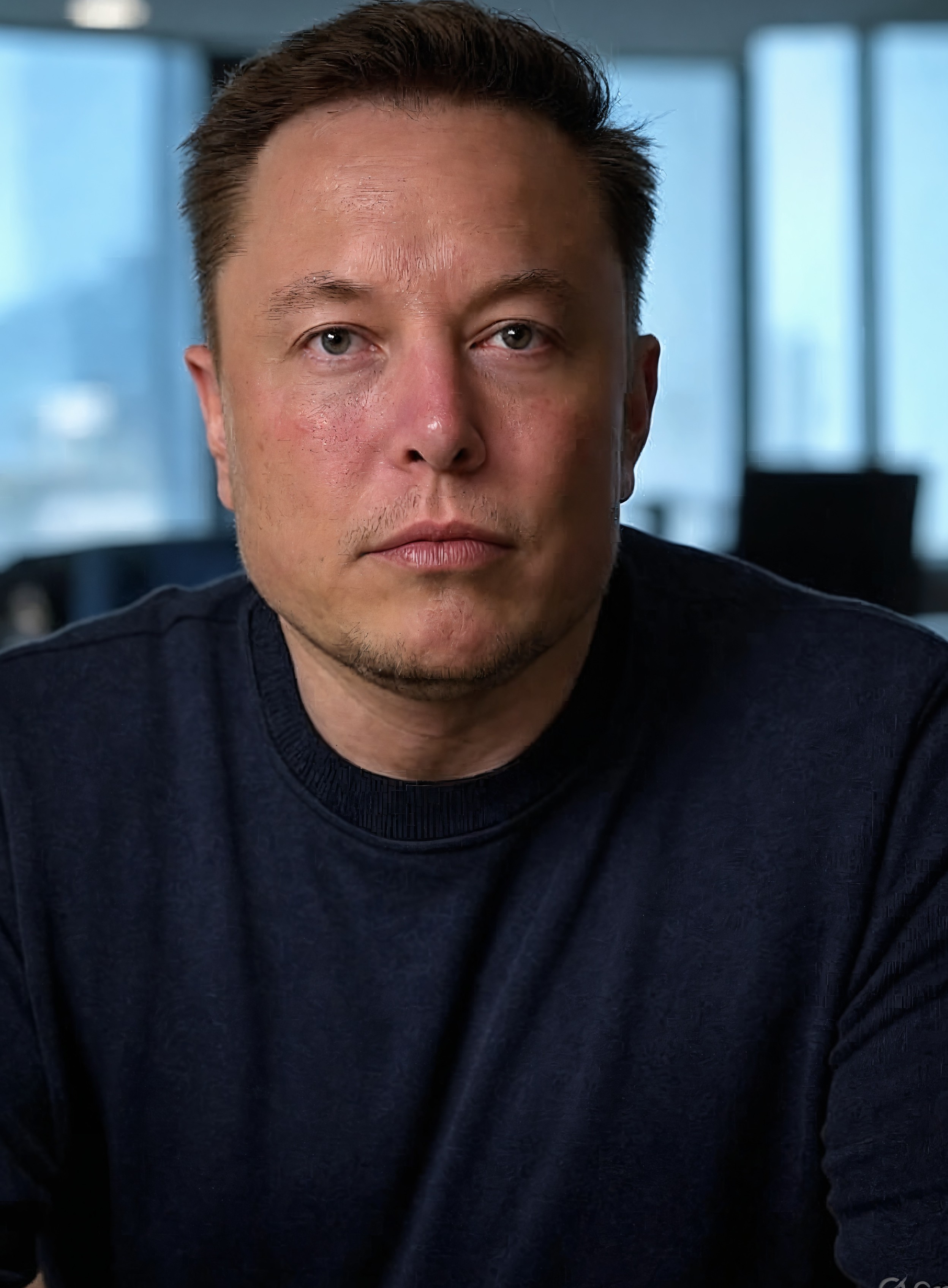
AI Robotics Funding Boom Hits $1B Milestone
Funding rounds often reveal where innovation heads next. Last week, a surge in investments spotlighted AI and robotics, with one company pulling in a staggering $1 billion. This isn't just about money changing hands; it's a signal of deeper shifts in how we build machines that think and act like us. Humanoid robots, once sci-fi dreams, now attract billions because they promise to reshape work and daily life from first principles.
The Standout Deal: Figure AI's Massive Raise
Figure AI, a developer of humanoid robots, closed a $1 billion Series C round, pushing its valuation to $39 billion. Led by Parkway Venture Capital and backed by heavyweights like NVIDIA, Intel Capital, LG Technology Ventures, Salesforce, and Qualcomm Ventures, this funding dwarfs many others. It highlights a bet on embodied AI—robots that perceive, reason, and interact in real-world settings.
What makes this deal remarkable? Figure isn't chasing niche applications. Their Helix AI platform powers general-purpose robots for tasks in homes, warehouses, and beyond. By combining advanced software with scalable manufacturing at their BotQ facility, they're tackling core challenges: making robots smart enough to adapt and cheap enough to produce en masse.
History shows that breakthroughs come when hardware and software align. Think of the personal computer revolution, where chips from Intel met operating systems from Microsoft. Here, NVIDIA's GPUs enable the heavy lifting for training AI models on vast datasets, including human videos and sensory inputs. This integration could unlock robots that learn from experience, much like humans do.
Broader Trends in AI and Robotics Investments
This wasn't an isolated event. The week saw multiple nine-figure rounds for AI firms, alongside biotech, manufacturing, and reforestation startups. Investors poured capital into diverse sectors, reflecting confidence in technologies that solve real problems—efficiency, sustainability, and health.
Surge in Automation Across Industries
AI and robotics lead the pack because they address labor shortages and complexity in unpredictable environments. Traditional robots excel in factories with repetitive tasks, but humanoids promise versatility. Figure's focus on deployment at scale echoes efforts by Agility Robotics and Boston Dynamics, though none matched this funding level recently. Even Tesla's Optimus project underscores the race toward multipurpose machines.
Consider manufacturing: robots could handle intricate assembly without rigid programming. In logistics, they might navigate crowded warehouses autonomously. Healthcare could see assistants for elderly care, drawing on multimodal AI from companies like OpenAI or DeepMind. These aren't incremental improvements; they're rethinking automation from the ground up, questioning why we design machines for single jobs when general intelligence could handle many.
Investor Confidence and Strategic Backing
The involvement of semiconductor giants like NVIDIA and Intel points to a symbiotic relationship. AI needs powerful hardware for simulation and training, while robotics provides a proving ground for next-gen chips. This convergence mirrors how venture capital fueled the internet boom—backing infrastructure that enabled widespread applications.
Experts see this as a pivotal moment. Humanoid robotics moves from labs to streets, driven by capital that bets on long-term returns. The $1 billion infusion allows Figure to expand production and data collection, essential for refining AI models through reinforcement learning. It's a reminder that true innovation often requires patient money, willing to fund the unglamorous work of iteration and scaling.
Implications for Innovation and Markets
Such funding waves have ripple effects. They accelerate commercialization, potentially transforming labor markets. Imagine robots handling hazardous or mundane jobs, freeing humans for creative pursuits. Yet, this raises questions: How do we ensure ethical deployment? What about job displacement?
From a business perspective, Figure's model—integrating AI software with hardware manufacturing—offers a blueprint. It addresses bottlenecks that have stalled robotics for decades. Scalable production means lower costs, broader adoption. The emphasis on GPU infrastructure for Helix suggests robots will evolve rapidly, incorporating cutting-edge techniques like multimodal integration for better environmental understanding.
Other sectors benefit too. Biotech firms raising funds point to AI's role in drug discovery, while reforestation startups leverage tech for climate solutions. This diversity shows investors diversifying beyond pure tech, seeking impact in sustainability and efficiency.
Challenges and Counter-Intuitive Insights
Big valuations invite scrutiny. At $39 billion, Figure must deliver on promises amid competition. History teaches that hype cycles—think dot-com bust—can lead to corrections. But counter-intuitively, overvaluation can fuel progress by attracting talent and partnerships.
Another insight: while specialized robots dominate today, general-purpose ones might follow the path of smartphones—starting expensive and clunky, then becoming ubiquitous. The key lies in data: Figure's push for human-like inputs could create feedback loops that improve robots faster than expected.
Future Predictions: Toward Widespread Humanoid Deployment
Looking ahead, this capital positions Figure to lead in deploying humanoids at scale. Expect prototypes in commercial settings within years, evolving into reliable assistants. The AI-robotics fusion could spawn new industries, much like the app economy followed smartphones.
Predictions include accelerated innovation in embodied AI, with robots adapting to dynamic tasks via advanced learning. Competition from Tesla and others will drive down costs, making humanoids accessible. For investors, this signals opportunities in supporting tech—chips, sensors, software.
Recommendations for startups: Focus on solvable problems with clear paths to scale. Build ecosystems, as Figure does with investor-partners. For established firms, integrate AI-robotics to stay competitive, perhaps through acquisitions or collaborations.
Key Takeaways on the Funding Landscape
This week's deals, headlined by Figure's $1 billion raise, underscore a vibrant venture scene betting on AI's physical embodiment. It reflects timeless principles: innovation thrives when capital meets bold ideas, and true progress comes from questioning assumptions about machines and work. As these technologies mature, they promise not just efficiency, but a reimagining of human potential in an automated world.
Comments
Read more

Demystifying JavaScript Closures in Modern Apps
Explore how closures power React hooks and asynchronous code, with tips to avoid stale closures and optimize performance in web development.

OpenAI Fights NYT on Chat Privacy Overreach
Exploring OpenAI's battle against a court order exposing 20 million user chats, weighing privacy against journalistic needs in AI's evolving landscape.

Is the AI Boom Heading for a Bust?
Exploring the AI investment surge, soaring valuations, and bubble risks with expert insights and future predictions.